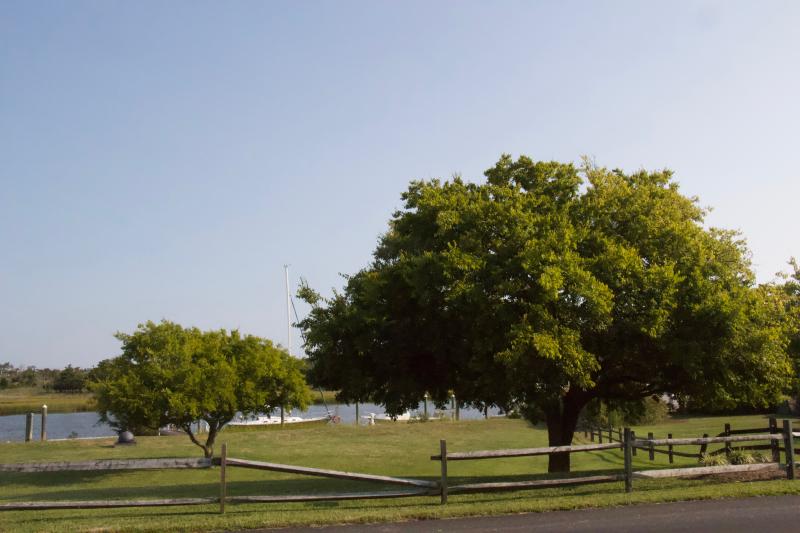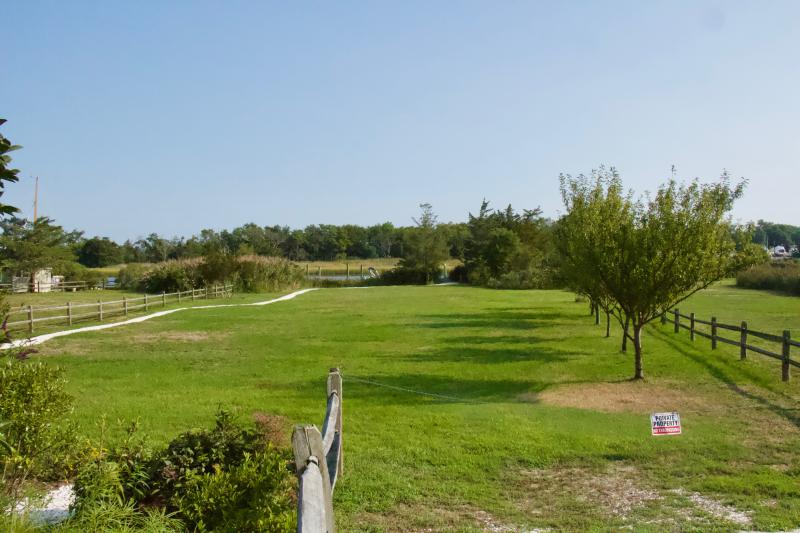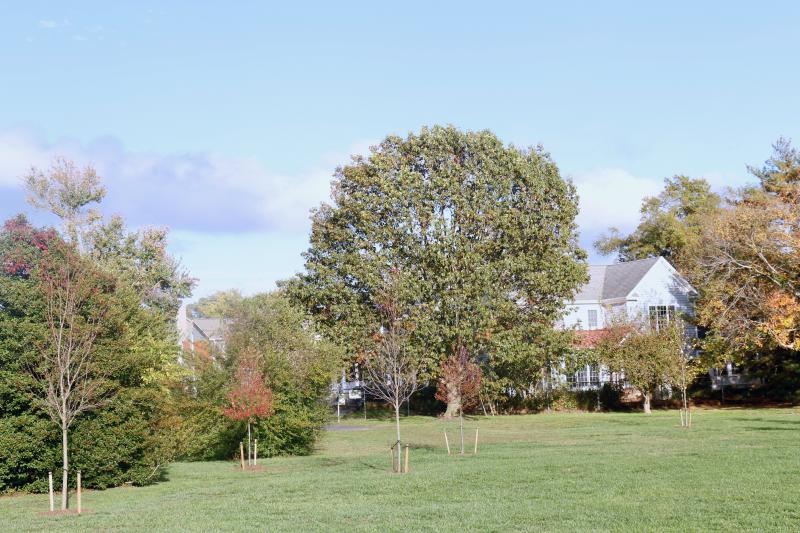The Lewes Planning Commission’s Tree Ordinance Subcommittee has been putting in a substantial amount of work on their own time to analyze the prospect of the city adopting a policy to protect trees on private property. On Oct. 27, Chair Debra Evalds branched out and gave Lewes Mayor and City Council a progress update.
The group has spent most of its time analyzing ordinances of other municipalities. Not wanting to reinvent the wheel, Evalds asked members to review policies they felt would benefit Lewes property owners without creating an additional burden to staff. Along with Lewes Tree Commissioner Mardi Thompson, Evalds stressed the importance of preserving and growing the tree canopy percentage. Along with the importance of respecting privately owned property, Evalds focused on comparative policies, implementation and the canopy during her presentation.
“We are a tree city. We need to protect our trees; we need to protect existing trees and we also need to make sure that we're growing our canopy and not losing our canopy,” Evalds said.
According to Evalds, those goals would require a change in zoning code and potentially creating a tree commission, something mayor and city council would need to decide on. Evalds said tree professionals and experts should be heavily involved, suggesting the city hire a full-time arborist or contract a consultant. Henlopen Acres, a smaller municipality, has a consultant. Maryland has protected critical areas in close proximity to tidal wetlands, the bay, and the bay’s tributaries since 1986, and Evalds said it’s important for Lewes to provide similar protection.
While preserving specimen and heritage trees has been emphasized during meetings, the subcommittee has also prioritized educating property owners on the benefits of what Thompson calls the right tree in the right place. Officials believe they have a strong ordinance on public trees and are only looking to add protections to trees on private property. Joe Hoechner, a member of the subcommittee, has pointed out that dealing with private property can be a little touchy, and Deputy Mayor Khalil Saliba echoed that sentiment during Evalds’ presentation.
A survey of trees on private property is one of the first steps needed before protections can be put in place. Outreach from the city to property owners and then participation from property owners would be required. Officials discussed lot coverage of one tree per 2,500 square feet as a starting point. In addition to tree species, a survey would show where the need is for more mature trees and what trees qualify as heritage or specimen.
Evalds said criteria should be established for trees to gain protection on private property, such as trees measuring 6 inches to 12 inches in diameter at roughly 4.5 feet. Informing property owners of the importance behind protecting preferred trees and the benefits they bring would be a goal of any ordinance, Evalds said.
Another option is to incentivize owners to preserve or plant desirable species of trees. Officials have discussed a leasing program in the past, but that was not brought up during the presentation. Native species are important, particularly to pollinators, but it is more critical to avoid invasives like the Bradford pear. The subcommittee has talked about developing a list of trees that are conducive to the Lewes environment, which can specify non-natives and harmful invasives.
In addition to protecting existing trees, the subcommittee also feels construction and development should not detract from the canopy. New trees planted to replace mature trees require decades of growth before filling the void. An ordinance could protect trees from harm during development.
The city passed a resolution in 2011 to increase its canopy from 27% to 35% by 2021. According to the Delaware Forest Service, Lewes has a 34.2% canopy, but it is not evenly dispersed. Equitable composition of the canopy is a point of emphasis to ensure new trees are going to be planted in areas of need. There is a concern that replacement trees are not being planted in areas where they are needed.
The subcommittee will review suggestions from mayor and city council and the planning commission during upcoming meetings before delivering final recommendations. Evalds told mayor and city council a public workshop will be scheduled in the near future. The subcommittee’s next meeting is scheduled for 6 p.m., Tuesday, Nov. 1.






















































